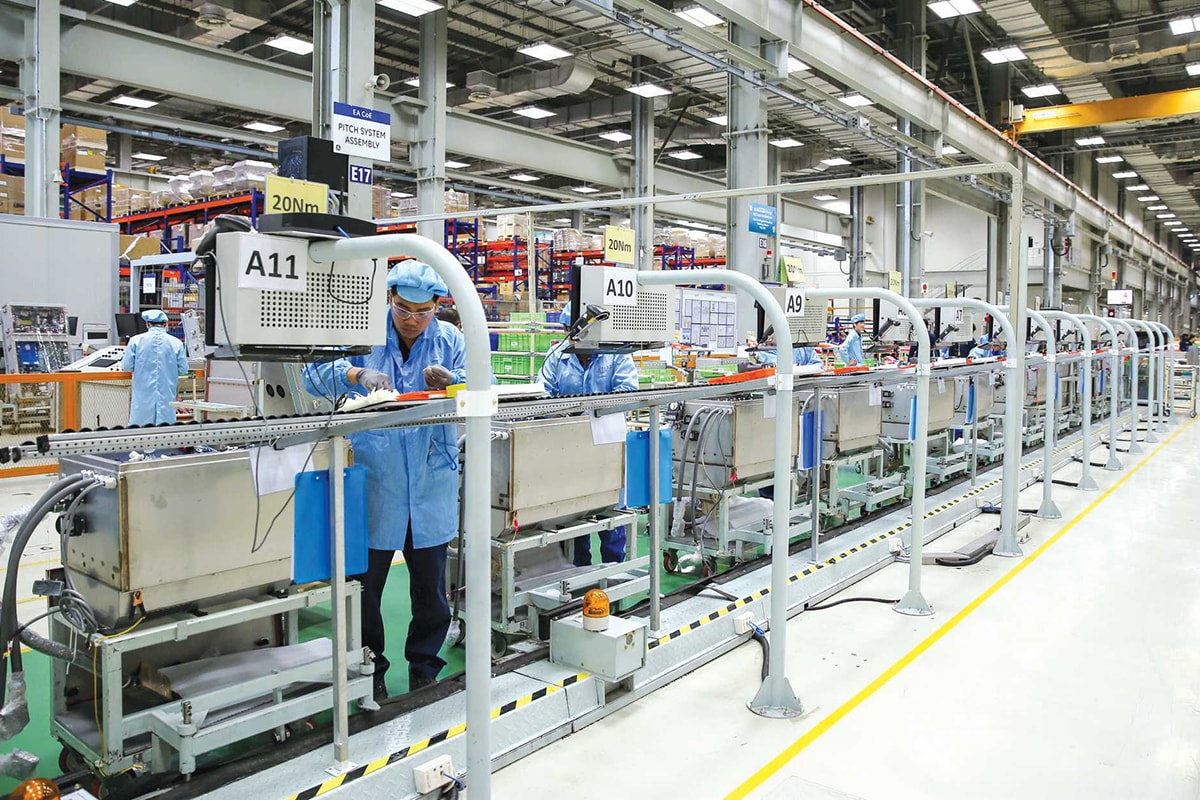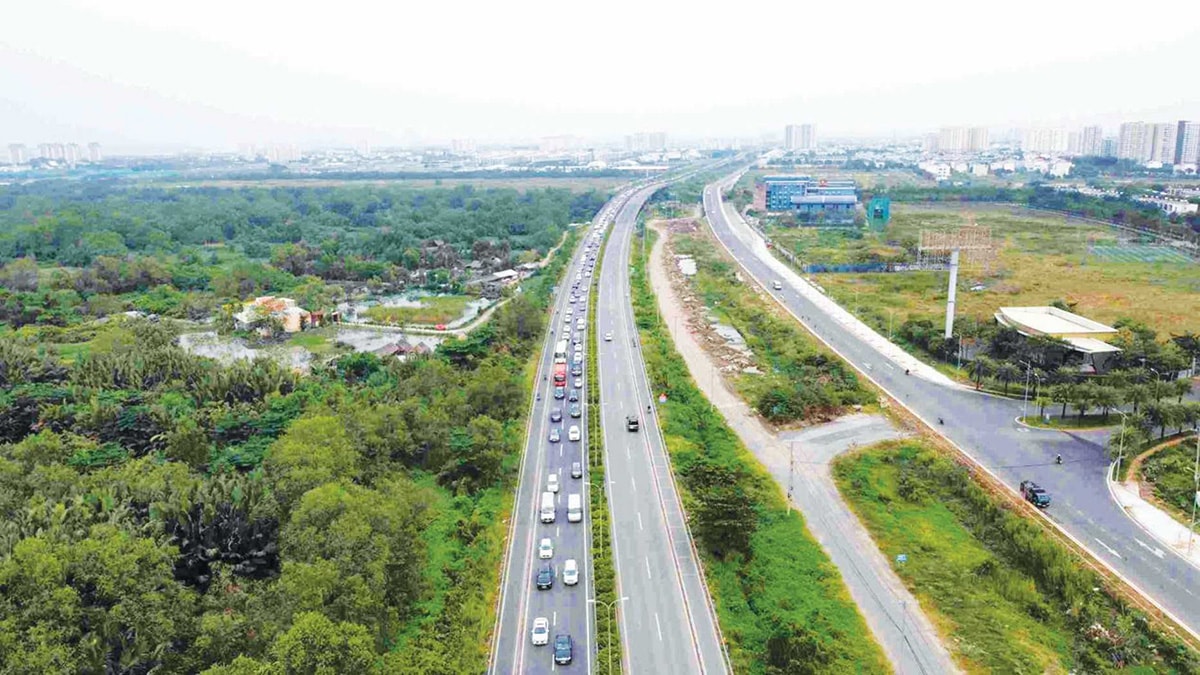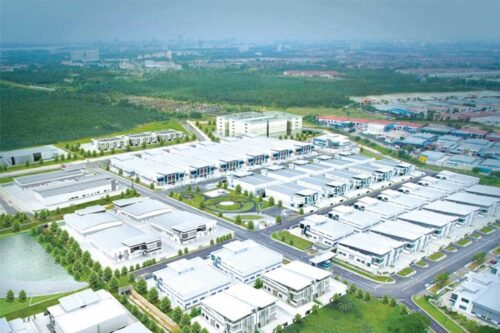By Mr. Dinh Hong Ky – Published in Saigon Entrepreneur Magazine, September 26, 2025.
Accelerating public investment disbursement not only helps the City move closer to its growth target for 2025, but also rebuilds confidence within the business community – those who directly participate in, are affected by, and place expectations on the spillover effects of public capital flows.
 Giải ngân chậm có thể để lại những hệ luỵ với doanh nghiệp
Giải ngân chậm có thể để lại những hệ luỵ với doanh nghiệp
WHAT CONSEQUENCES DOES SLOW DISBURSEMENT LEAVE BEHIND?
First and foremost, it deprives the economy of a “driver of aggregate demand.”
Public investment capital, which should have acted as the leading source to stimulate and mobilize other capital flows, is now delayed, causing the entire economic circulation – including private investment – to stagnate.
Businesses lose expectations and confidence in investment prospects, leading to contraction in production and business activities.
When infrastructure projects fall behind schedule, numerous associated sectors slow down accordingly.
The reality of the past year offers a clear example: the stagnation of infrastructure plans led to simultaneous declines in real estate, construction, and building materials.
Slow disbursement also negatively affects export activities.
Key transportation projects – such as ring roads, expressways, logistics hubs, and urban infrastructure – when left incomplete, lengthen transport times, increase logistics costs, and reduce the competitiveness of export enterprises.
Without clear signals from infrastructure, the private sector becomes even more cautious, hesitant to make bold investments.
The logistics and urban services sectors, already under considerable pressure, face even greater challenges.
Unresolved bottlenecks at ports, roads, and warehouses restrict clearance capacity and drive logistics costs higher.
Meanwhile, service sectors such as retail, F&B, education, and healthcare are affected in chain reaction:
schools, hospitals, parks, terminals, airports, and seaports delayed in operation mean the service sector cannot break through, and enterprises cannot fully exploit market potential.
Even the digital transformation sector, once expected to become a new growth engine, suffers the consequences.
Many digital transformation projects linked to public investment – particularly in healthcare, education, and e-government – are delayed due to slow approvals.
This not only hampers technology enterprises, but also obstructs the city’s digitalization process.
Yet the greatest impact lies in the erosion of trust.
Delays in public investment disbursement seriously undermine business confidence in the city government – confidence in leadership, in the administrative apparatus, and in institutional efficiency.
At present, that confidence is being severely tested.

TO RESTORE CONFIDENCE
The first solution is to establish a flexible capital reallocation mechanism:
Any project that lags behind must have its funds immediately transferred to projects that are ready – with available land and contractors in place.
This model is not unfamiliar. China has applied it for years; some provinces in Vietnam have piloted it successfully.
However, in the South – especially Ho Chi Minh City – this approach is rarely implemented.
The next solution involves flexible pricing and contracting mechanisms.
Allowing adjustments based on construction price indices, or payments by completed milestones, will help enterprises maintain cash flow, avoiding financial disruption during project execution.
Another important proposal is for the City to establish a special task force at the municipal level, vested with sufficient authority to directly address bottlenecks.
Experience also shows the need to mobilize private sector participation through Public–Private Partnership (PPP) models.
It is not necessary to focus solely on large-scale PPPs; instead, projects can be modularized into smaller components such as underground parking lots, logistics hubs, depots, wastewater treatment plants, solid waste facilities, or auxiliary toll stations.
Private participation in these subprojects will not only reduce the burden on public budgets but also shorten timelines and improve efficiency.
In parallel, institutional reform is required – both short-term and long-term.
In the short term, there must be clear KPIs for officials in charge of disbursement, along with strict disciplinary measures.
For instance, Dong Nai Province once adopted a strong measure: any leader failing to meet KPI targets would be dismissed immediately.
Ho Chi Minh City, however, still hesitates. Without firm discipline, breakthroughs will be hard to achieve.
At the same time, there should be appropriate rewards for officials who dare to think, dare to act, and complete projects ahead of schedule.
A major bottleneck lies in land clearance.
A clear example is the National Exhibition Center project in Dong Anh (Hanoi), where the Government’s swift allocation of clean land to contractors shortened project duration from two years to just ten months.
Ho Chi Minh City could absolutely apply this approach.
With such a “special mechanism”, many obstacles could be resolved much faster than through traditional administrative procedures.
As of September 11, the city had disbursed only about 45.2% of its total capital plan.
This means that in the final three months of the year, to meet schedule, Ho Chi Minh City will need to disburse an average of 590 billion VND per day, equivalent to over 24,000 billion VND in Q4 alone.
In addition, it is necessary to activate private capital flows in parallel with public investment, and standardize land clearance and resettlement mechanisms to shorten implementation time and improve project quality.
(Mr. Dinh Hong Ky is Chairman of the Ho Chi Minh City Construction and Building Materials Association (SACA), and Chairman of the Ho Chi Minh City Green Business Association (HGBA).)
Link to the article on Saigon Entrepreneur Magazine: https://doanhnhansaigon.vn/day-nhanh-dau-tu-cong-hien-thuc-hoa-muc-tieu-tang-truong-8-5-cua-tp-hcm-cham-giai-ngan-va-nhieu-he-luy-bai-3-323814.html


